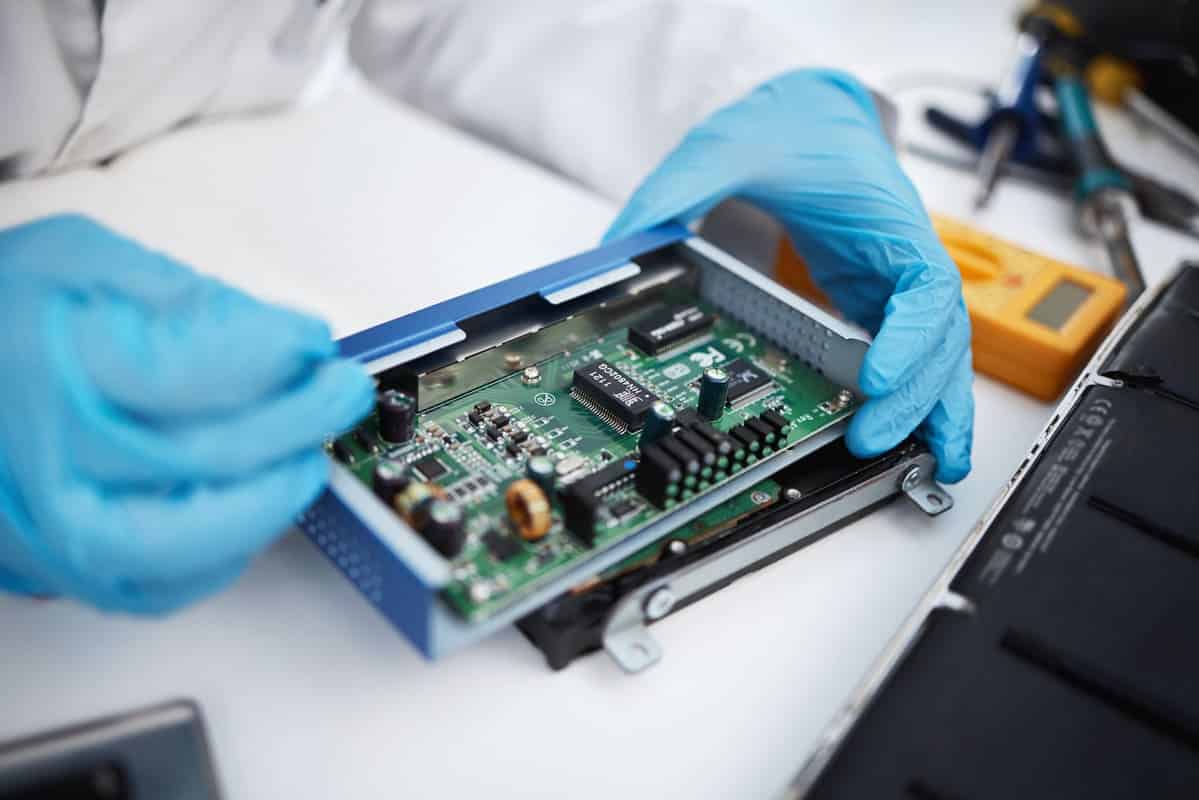Electronic controllers make electric motors smoother for acceleration, deceleration and braking. It’s essential for applications that need precise motor control like aerial drones, RC cars and electric bikes and cars to perform optimally in any environment.
What is an Electronic speed control?
Electronic Speed Control is also known as ESC regulates the speed and direction of electric motors. It interprets signals from a remote control receiver to control the motor’s power output.
ESCs are part of RC vehicles, drones and electric vehicles, controlling acceleration, deceleration and braking for precise performance. By controlling the motor’s electrical current ESCs make it smooth and responsive.
ESCs often have safety features to protect the motor and . These features prevent overheating, overloading and voltage drops. Many ESCs also have programmable settings so users can customize the performance parameters for specific applications.
References
- Electronic speed control. Wikipedia. Retrieved from https://en.wikipedia.org/wiki/Electronic_speed_control
What are the Types of Electronic Speed Control?
There are several types of Electronic Speed Controls (ESCs). Each for a specific purpose and application. Here are the main:
- Brushed ESC: For brushed motors. Simpler and cheaper. Uses mechanical switches to change motor direction and speed.
- Brushless ESC: For brushless motors. More efficient and powerful. Uses electronic switches for better control and longer motor life.
- Linear ESC: Smooth and gradual speed control. Common in drones and helicopters, it controls motor speed precisely for stable flight.
- Digital ESC: Uses microprocessors for advanced control. This type has programmable settings so more options for various applications.
References
- Electronic Speed Control (ESC) Working and Applications. Elprocus. Retrieved from
What is Pulse Width Modulation?
Pulse Width Modulation also abbreviated as PWM. It’s the first method used to control electronic speed controllers (ESCs) in motors.
PWM sends electrical pulses to the motor. These pulses turn the motor on and off very quickly.
By changing the width of these pulses, PWM controls the motor’s speed. Wider pulses make the motor go faster, narrower pulses make it slower.
This method provides smooth and precise control of the motor’s speed and direction. PWM is used in remote-controlled vehicles and other electronic devices.
References
- What Is an ESC and How Does It Work?. Tyto Robotics. Retrieved from

What Components are Used in Electronic Speed Control?
Electronic Speed Control (ESC) has several components. Each part controls the motor’s speed and performance.
- Microcontroller: This is the brain of the ESC. It interprets signals from the remote control and controls the motor’s speed.
- MOSFETs: These are electronic switches. They control the power to the motor. They turn on and off quickly to control speed and direction.
- Capacitors: Capacitors smooth out voltage changes. They store and release energy as needed to maintain stable motor operation.
- Heat Sink: Heat sinks dissipate heat generated by the ESC. This prevents overheating and makes the ESC efficient.
- Power Connectors: These are the connections for the battery and motor. They ensure a stable flow of power to the ESC.
What is the Feature of Electronic Speed Control?
Electronic Speed Control (ESC) has many features. These features control and protect electric motors.
- Speed Control: ESCs change motor speed based on signals from a remote control. For precise control in various applications.
- Direction Control: Can change motor direction. For forward and reverse movement in vehicles.
- Braking: ESCs have braking to slow down or stop the motor. For safe and controlled stop.
- Features: Prevents overheating and overloading. Protects motor and battery from damage.
- Programmable: Some ESCs can be programmed. So you can customize for different uses.
Electronic Speed Control (ESC) has many important features. These features help control and protect electric motors.
References
- What is an ESC?. Power Drives. Retrieved from
How does an ESC Work?
The ESC is the middleman between the battery and the electric motor. It controls the motor rotation by sending timed electric signals to change the speed.
The ESC uses direct current from the battery. It combines this with a switch system to create an alternating three-phase current to the motor.
The throttle controller of the vehicle varies the motor’s speed. Increasing the throttle increases the output power. This changes the rate at which the switches in the ESC’s circuit open and close.
Several signal protocols convey throttle information from the remote control to the ESC. Common ones are PWM, Oneshot, Multishot and Dshot.
The main difference between these protocols is the frequency of the signals they send. Shorter frequencies means faster signals and quicker response time.
Dshot stands out because it sends a digital signal instead of an analog one. This makes the signal more reliable and precise since it’s less sensitive to electrical noise.
References
- Electronic Speed Control (ESC) – Working and Applications. Elprocus. Retrieved from https://www.elprocus.com/electronic-speed-control-esc-working-applications/


